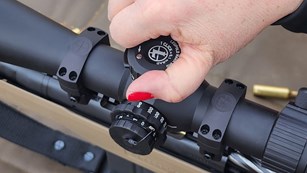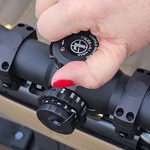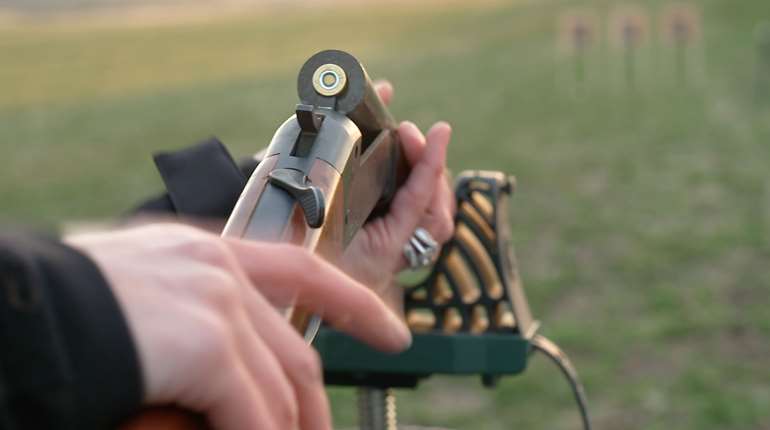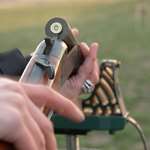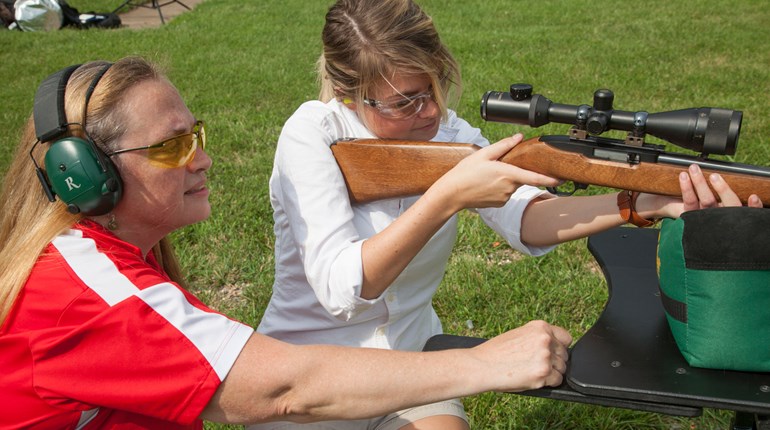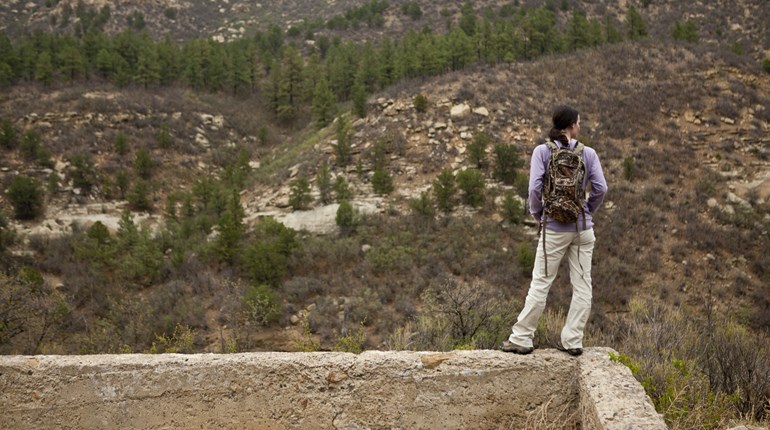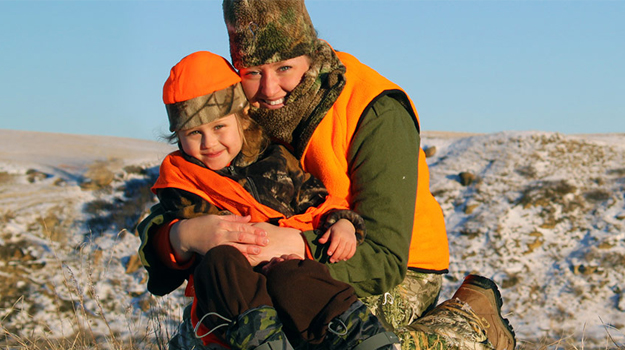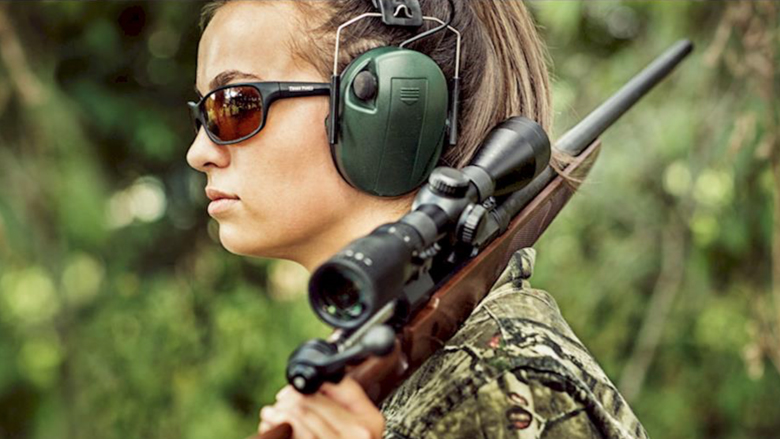
Criminals looking for victims need specific circumstances for the best chance of success. They need people present, obviously, because people = potential victims. But an area with too many people will not work, because someone might interfere with the crime in progress and because there will be many witnesses. Think about it: A mugger isn’t going to hang out in an empty field in the middle of nowhere looking for victims, because there aren’t any around. And he isn’t going to lurk in the produce aisle at the local supermarket ready to mug someone over the asparagus, because there are just too many people around. What he needs is a place where there are just a few people, preferably where those people are distracted.
Transition zones or fringe areas present the ideal circumstances criminals need for a quick assault. A transition zone is a place people are generally passing through on their way to somewhere else. No one spends much time there, everyone there is concentrated on getting to where they’re going, and there’s often only one person around at a time.
Parking lots and garages are the best example of transition zones, and the ones that most of us encounter most frequently. Whether you’re leaving the store or just arriving, you must pass through the parking lot—but you’re not spending any significant amount of time there, there aren’t too many other people there at the same time you are, and anyone who might happen to be around is on a mission to get to where they’re going. Stairwells, ATM vestibules, alleys (especially after a big event ends and people are leaving), isolated public restrooms, gas pumps at night, and, to an extent, bus stops and subway stations can all be transition zones as well. You already get that weird feeling when you have to walk down a really long hallway to a far-off ladies’ room at the mall, don’t you? You feel uneasy because you have sensed that you’re in a transition zone, and a particularly vulnerable one at that.
Transition zones aren’t automatically dangerous places, but they do present the best circumstances for a criminal attack, and thus it’s important that you are in condition yellow when you recognize that you’re in a transition zone. Pay particular attention to your surroundings.
Keeping Yourself Safe in Transition Zones
Aside from staying in condition yellow and getting about the business that brought you to the zone and will get you out of it in short order, the best way to keep yourself safe in an area like this is to be on the lookout for unusual behavior. Again, you already inherently know what this is. Think about it: What do normal people do in stairwells? They climb the stairs on their way to wherever they’re going. No one stands around in a stairwell, lurking, unless they’re having a private phone conversation or possibly taking a quick mental-health break, in which case their body language (head in hands, rubbing their shoulders, etc.) will clue you in. Once in a while a smoker might loiter in a stairwell, especially an outdoor one, enjoying a cigarette—but be cautious. Although this is pretty normal behavior, smoking is also a great way for a bad guy to hide the fact that he’s loitering somewhere people normally don’t stand around.
What’s normal behavior in a parking lot? Walking, either toward the store or toward a specific car. People leaving a store and entering a parking lot will either look lost because they forgot where they parked or they will look like they know exactly where they’re headed. They don’t meander aimlessly and they don’t suddenly change their course to intercept you. They don’t stand around by themselves, and if they loiter in groups, it’s because they’re having a conversation, and it generally doesn’t last very long. They’re not looking around them; they’re focused on each other. If a person is loitering near the door of the store, it’s because they’re smoking or waiting to be picked up or some similar reason. People who are doing this innocently will stay put; if someone is loitering by the door but starts following you into the parking lot as you leave the store, that’s abnormal behavior.
If you see someone lurking in a parking lot for no apparent reason, the reason might just be nefarious. It’s abnormal behavior. The same holds true for alleyways and those long hallways leading to out-of-the-way public restrooms. No one hangs out in those hallways, and seeing someone loitering outside the ladies room at the end of that hallway should immediately flip you to condition orange. Back out.
Transition zones like bus stops and subway terminals are a little trickier, because loitering there is normal as people wait for the bus or subway to arrive. Still, certain behavior is expected when people are waiting like this. They don’t crowd each other more than necessary. They generally are reading a book or their phone. The smart ones will be paying attention to their surroundings, but you can usually tell the difference between someone in condition yellow and someone who is picking out potential victims.
Again, don’t be paranoid when entering a transition zone, but do be aware when you’re entering an area where a few people are passing through, focused on their destination. These are the conditions a criminal looks for, and you should be on the lookout for any behavior that’s out of the ordinary for the circumstances. Pay attention and stay safe.




